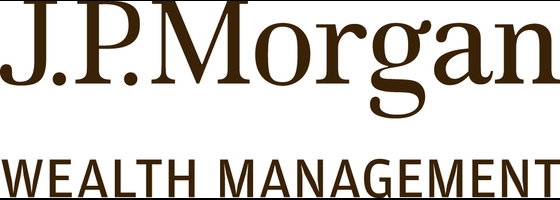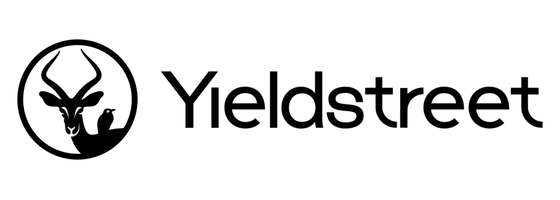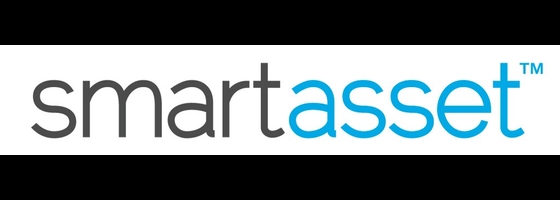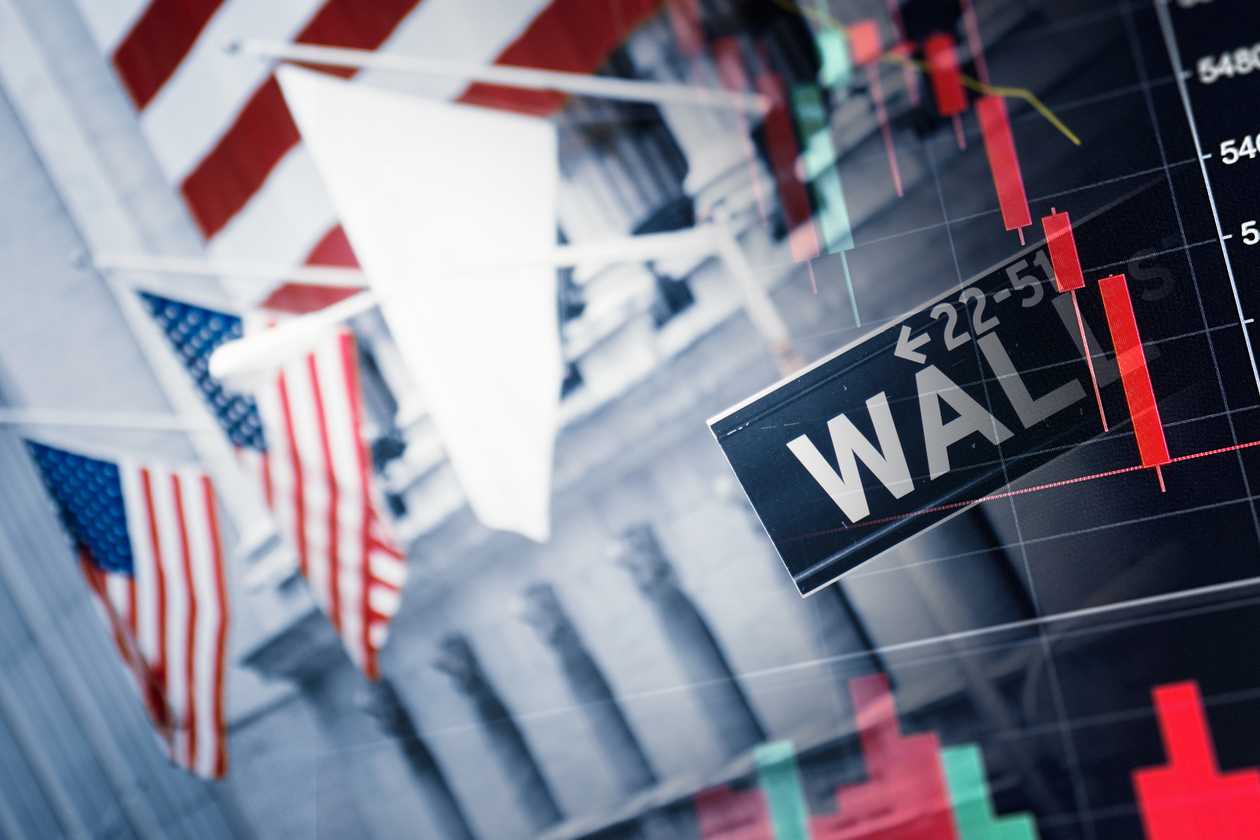Our evaluations and opinions are not influenced by our advertising relationships, but we may earn a commission from our partners’ links. This content is created independently from TIME’s editorial staff. Learn more about it.
Whenever the stock market misbehaves, there’s a tendency among investors to think of the current downturn as “the big one”—the worst in history. Nevertheless, the biggest market crashes in U.S. history easily dwarf the current downturn that began early in 2022.
What are the biggest market crashes in U.S. history? More importantly, what strategies can we use to survive, and even thrive, despite whatever the financial markets might be throwing at us?

J.P. Morgan Self Directed Investing
J.P. Morgan Self Directed Investing
$0 stock & ETF trades.
$0.65/contract options trades.
$0 mutual funds trades.
Disclosure
INVESTMENT AND INSURANCE PRODUCTS ARE: NOT A DEPOSIT • NOT FDIC INSURED • NO BANK GUARANTEE • MAY LOSE VALUE
The most devastating stock market crashes in US history
According to Stocks Bonds, Bills and Inflation (SBBI), 2021 Summary Edition (Page 192) from Roger G. Ibbotson and James Harrington, there have been 11 crashes resulting in losses of 25% or more since 1870. This includes four with losses of greater than 50% and a fifth with a loss of just under 50%.
Which is the worst of the bunch? Well, from an individual standpoint, the worst is probably the one that’s affecting you right now.
“For most people, the most devastating bear market is the first bear market after they retire,” according to Kristopher Carroll, Ph.D., CFA, CFP, managing director, Carolinas at Wealth Enhancement Group. “Your financial life has shifted, your focus has shifted, and you have become dependent on your nest egg. The risk of outliving your money is very sensitive to markets in the years right before and after you retire. So if you feel like this bear market is the worst because you just retired, then not only are you not alone, but you’re not wrong either.”
5 of the biggest market crashes in U.S. history
The crash of 1929
- Began – August 1929
- Ended – November 1932
- Duration – 33 months
- Percentage decline from top to bottom – 79%
Few would dispute that the crash of 1929 was the worst in history. Not only did it produce the largest stock market decline; it also contributed to the Great Depression, an economic crisis that consumed virtually the entire decade of the 1930s.
The result was a major shift in both personal financial behavior and the level of involvement of the federal government in the economy.
The Dot-com bubble burst and the financial meltdown of 2007 to 2009
- Began – February 2000
- Ended – August 2009
- Duration – Nine years and seven months
- Percentage decline from top to bottom – 54%
I would argue that this was two separate crashes because the market went on to achieve new heights after the dot-com crash. During the first crash the S&P 500 fell by more than 50%, while the NASDAQ dropped an incredible 75%.
The financial meltdown of 2007 to 2009 was an independent crash, but it was one of similar proportions. The S&P 500 fell by 56.8% during it.
Nonetheless, SBBI makes a compelling case for combining the two crashes. Despite the rally between them, the Dow Jones Industrial Average, which peaked at 11,497 early in 2000, fell to 6,926 by March 5, 2009. Investors who held on through both crashes would have taken a big loss over a period of nearly 10 years.
Each crash was caused by different circumstances, but the result was the same: a serious economic downturn.
Inflationary bear market, Vietnam, and Watergate
- Began – December 1972
- Ended – September 1974
- Duration – 22 months
- Percentage decline from top to bottom – 51.86%
The early 1970s saw the U.S. beset with multiple challenges, including an energy crisis, the impending loss of the war in Vietnam, the Watergate scandal, and the resignation of President Richard Nixon. The stock market fell nearly 52%, contributing to a severe recession that lasted from 1974 to 1975.
World War I, post-war auto bubble burst
- Began – June 1911
- Ended – December 1920
- Duration – Nine years and six months
- Percentage decline from top to bottom – 50.96%
SBBI records this time frame as a single market crash but, more than anything else, it seems to be a decade in which the stock market seesawed, with no clear direction.
The website Slickcharts reports that the Dow Jones Industrial Average declined in five of those 10 years. The two largest annual declines were in 1920, at 32.9% (resulting in a depression), and in 1917, at 21.71%. However, 1915 saw a gain of 81.66%, which makes a strong case for dismissing this crash as a single event.
Second part of the Great Depression and the beginning of World War II
- Began – February 1937
- Ended – March 1938
- Duration – 13 months
- Percentage decline from top to bottom – 49.93%
By early 1937 it was becoming apparent that the economy had not yet exited the Great Depression. Meanwhile, storm clouds were building in Europe and Asia as the events leading to World War II began to take shape.
The stock market responded with a nearly 50% decline, representing the fifth worst crash in history.
What does 2023 hold for investors and consumers?
By all accounts 2022 was a bad year for stock market investors. The S&P 500 lost 18.32% for the year, and it was even worse in other market sectors. The tech-heavy NASDAQ 100 index dropped 33%, its worst performance since 2008.
Still, the first quarter of 2023 produced a gain of 5.5% in the S&P 500.
So which will it be? Will the stock market continue the upward trend of the first quarter, or will it return to the almost relentless declines of 2022?
There’s no easy answer to this question. Too many events are taking place without any current resolution. These include the future direction of inflation and the Federal Reserve’s response, an unfolding banking crisis, and the continuing Russian war in Ukraine, to name but a few.
Though we can’t know the future direction of the market, there’s plenty we can do to protect our investments from the worst of it.
What can we do to prepare?
Fortunately, there are workable strategies you can employ to help be better prepared for continued market volatility and even a full-blown crash.
Build your cash reserves
If we can’t know what the current market environment will bring, the next best strategy is to prepare for its aftermath. This means increasing cash reserves.
“Build cash,” advises Adam Taggart, CEO and founder of Wealthion. “If substantial price corrections indeed occur across the financial markets, homes, and autos, you'll likely have the opportunity to scoop up these assets at more favorable values—but only if you have the cash to do so.”
One of the most underappreciated aspects of market crashes is that they result in lower security prices. If you have the cash when the market hits bottom, you’ll be in a position to get the biggest benefit from the market recovery that’s sure to follow.
Stay invested
As hard as it is on the nerves, it’s important to not allow market volatility to chase you out of the market.
“Stay invested, even if your investments are down,” recommends Alan Imberman, CFA and chief financial officer at Wealthfront. “No one likes logging into their brokerage account and seeing that their portfolio is worth less today than it was yesterday, but in a bear market or crash this is bound to happen. If this sounds like you, consider checking your portfolio less often until the market stabilizes.”
Markets that drop as long as this one has can convince you that the trend will continue forever, but rest assured, it won’t. The market will recover, but it will almost certainly happen unexpectedly. You won’t want to be out of the market when it catches fire.
Invest in what you know
The bull market that began in 2009 was pretty simple—just about every asset class prospered. That hasn’t been the case since that bull run came to a screeching halt at the end of 2021.
This means that it’s much more important to be selective in your investments, especially if you are an inexperienced investor. You should invest in what you know.
“What we can do to prepare for future turmoil in the economy and the stock market would be to be very aware of what risks your investments are exposed to,” warns Andrew Crème, CFP, of Creme Wealth Team. “When you own things you don't understand, you run the risk of putting your investments in a riskier situation than you might choose naturally.”
Keep a close eye on the Federal Reserve
Many forces are driving the current market, but first and foremost is the Federal Reserve. The decline in the market roughly correlates with rate increases implemented by the Fed or at least the announcement of its intention to do so late in 2021.
The Fed has made it clear that its number-one goal is fighting inflation. And though inflation seems to be moderating, there’s no guarantee that the trend will continue. What’s more, the Fed doesn’t operate in a vacuum. Recent disturbances in the banking sector could cause it to freeze or even reduce rates later this year.
“2023 looks to be another year of continued market volatility due to risks and uncertainties from the Federal Reserve and geopolitical outlook,” cautions Vincent Grosso, founder of Pascack Capital. “Market consensus indicates the Fed keeping rates stagnant through the majority of 2023 and 2024, allowing no relief for consumers. For individuals with cash reserves and investors looking for income opportunities, the rising interest-rate environment is welcomed due to the opportunity for superior returns with low-risk securities and cash.”
Whatever course of action the Fed may take, you can rest assured it will have a major impact on stock market performance.
Consider alternative assets
This may be an option if you are a more experienced investor and willing to add additional risk to your portfolio. Ironically, higher-risk assets sometimes perform better than stocks and bonds during major downturns. For example, while the S&P 500 lost 18.32% in 2022, gold gained 0.4% for the year.
Yieldstreet is an investment platform that focuses on alternative asset investing, providing access to opportunities in sectors like real estate, art, marine, and legal finance investments, which were previously inaccessible to most individual investors and are designed to generate passive income streams or appreciate over time.
“Supplementing portfolio allocations with alternative asset classes provides the opportunity for enhanced returns and reduced volatility” advises Michael Weisz, founder, chief investment officer, and president at Yieldstreet. “Investments in asset classes such as real estate, private credit, art financing, and specialty finance can produce stabilizing income to individual portfolios, with the observed increases in interest rates adding to the attractive risk-adjusted return profile.”

YieldStreet
YieldStreet
Invest in yourself
Granted, not many people think of investing in themselves as being an investment at all. Still, if you can’t control what is going on in the financial markets, you can at least be intentional about improving yourself on a personal level.
“Invest in education and acquire new skills to increase job security and earning potential,” recommends Andrew Gershfeld, partner at Flint Capital VC. “Reduce spending to better manage finances and potentially build up savings. Maintain good health to avoid costly medical expenses and improve overall well-being. Spend time with family and loved ones for emotional support. Pray or meditate.”
Navigating your financial journey can be more effective and less stressful with the aid of various fintech tools. Here are some useful recommendations:
- Upside offers cash back rewards, turning your regular shopping into opportunities for savings;
- Quicken is an excellent platform for budgeting and tax management, helping you keep track of your financial status and obligations; Right now, you can also get any Quicken software product for 40% off and Simplifi for 50% off compared to the annual subscription + a 30-day free trial!
- Monarch Money is another robust budgeting software that provides a clear overview of your finances, allowing you to adjust and plan accordingly. We've selected Monarch Money as one of the best now-shutting-down Mint alternatives;
- For those interested in investing, M1 Finance is a great option, functioning as a robo advisor and offering a wealth of investing education content.
Each of these platforms has unique offerings that can contribute to improved money management, decreased financial stress, and increased savings.
Hire a financial adviser
If you’ve never dealt with a market crash or prolonged bear market, the single best strategy may be to hire a financial adviser. Market downturns tend to be unpredictable, and that can make an adviser highly desirable.
“As a stock market investor, one always needs to be prepared for unexpected volatility,” warns Ben S. Lies, president and chief investment officer at Delphi Advisers, LLC. “It can happen for any reason or no reason at all. The best thing for an investor to do is to get familiar with the market and economic history. The more someone knows about the past, the better prepared they are to deal with the future, and the stock market does not treat those kindly that make rash decisions. In addition, having an investment strategy and financial plan that has been stress tested thoroughly will also bring peace of mind.”
If you need help choosing the right financial adviser, you can take advantage of SmartAsset. You can use its financial adviser matching tool webpage to search and select the right financial adviser for you.

SmartAdvisor by SmartAsset
SmartAdvisor by SmartAsset
You will pay a fee for a financial adviser’s services, but in a bear market—or worse, a full-on crash—that may be money well spent to help preserve your capital and maintain a sense of calm in the storm.
Conclusion
It’s still too early to tell if the current market state that began at the start of 2022 is a garden-variety bear market or something much worse. As we can’t know, the next best step is to prepare for the worst.
Take advantage of the expert strategies listed above and don’t hesitate to engage a financial adviser if you’re unsure of how best to handle the current market.
The information presented here is created independently from the TIME editorial staff. To learn more, see our About page.

